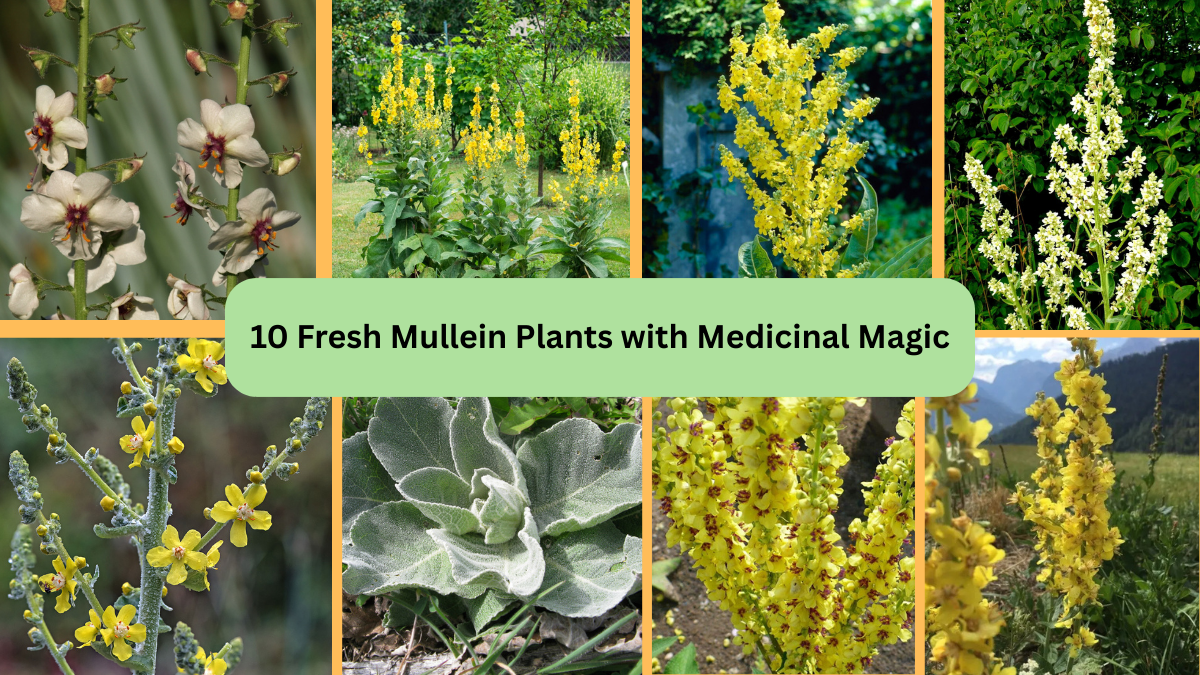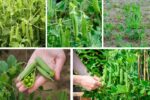For centuries, Mullein plants have held a special place in herbal medicine, folklore, and natural wellness remedies. With their tall spires of yellow flowers, velvety leaves, and hardy, drought-resistant nature, these plants aren’t just a striking sight in meadows and gardens — they’re also packed with healing potential. Traditionally used to treat respiratory issues, skin irritations, and inflammation, Mullein continues to be a favorite among herbalists and naturalists alike.
Let’s explore 10 fresh Mullein varieties you can grow to enjoy their old-world charm and medicinal magic right in your own garden.
1. Common Mullein (Verbascum thapsus)
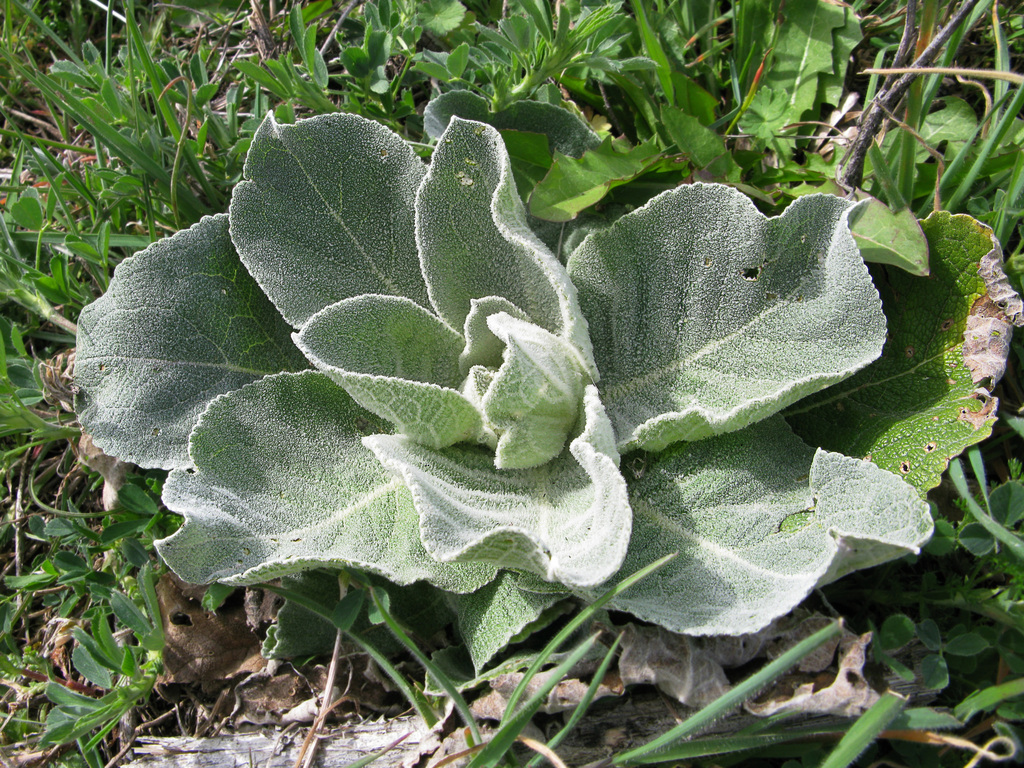
The classic Common Mullein is probably the most recognized variety, known for its towering, candle-like flower stalks and woolly, gray-green leaves. Historically, its leaves were dried and smoked to ease coughs and bronchitis, while its flowers were steeped into soothing teas. In the garden, it attracts pollinators and adds vertical drama to wildflower meadows or herb gardens. Hardy and drought-tolerant, this biennial plant thrives in poor soils and sunny spots, making it a low-maintenance yet powerful medicinal addition.
2. Dark Mullein (Verbascum nigrum)
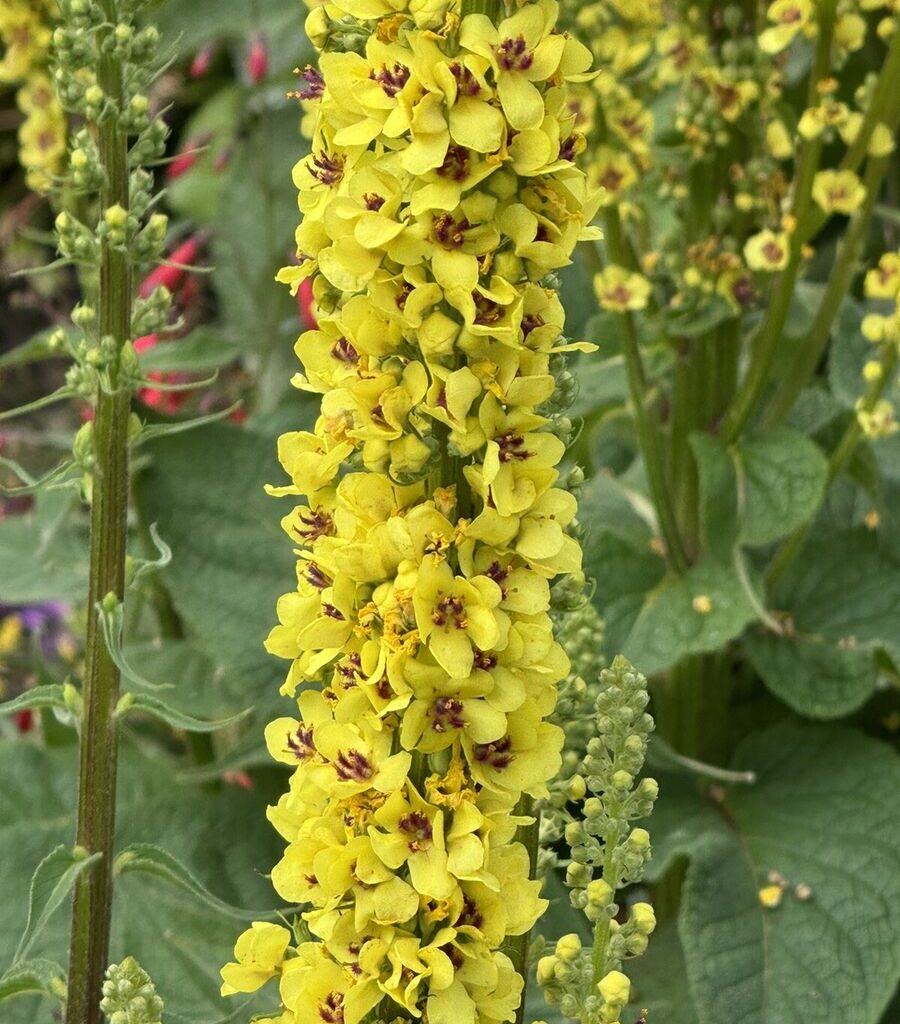
Dark Mullein stands out with its striking deep yellow flowers accented by dark purple centers. Native to Europe, it shares many of the respiratory benefits of Common Mullein and has been traditionally used for sore throats and earaches. The plant’s bold flower spikes can reach up to 5 feet tall, creating a vertical accent in wild gardens or borders. Its velvety leaves and pollinator-friendly blooms make it both medicinally valuable and aesthetically pleasing.
3. Greek Mullein (Verbascum olympicum)
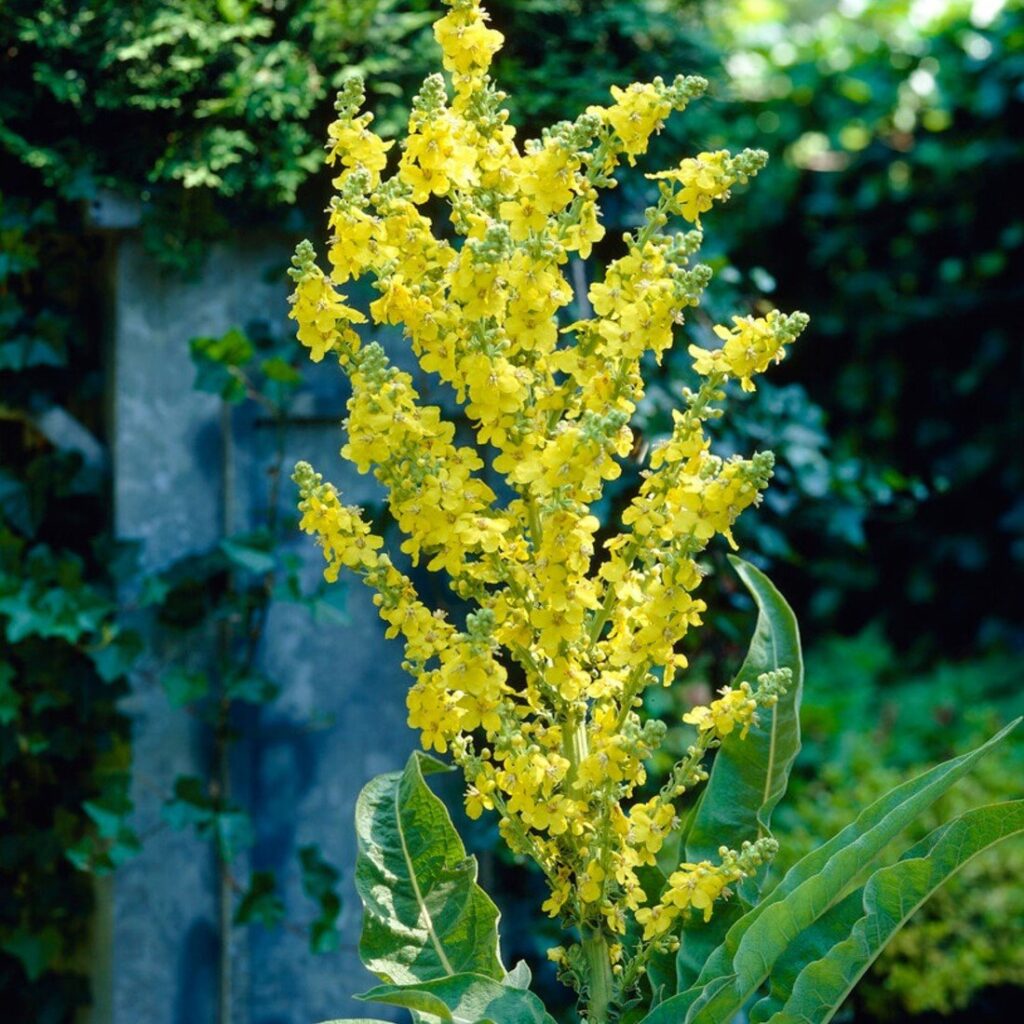
Named after Mount Olympus, Greek Mullein is a majestic species producing towering, branched flower spikes loaded with bright yellow blossoms. Reaching heights of 6 to 8 feet, this hardy perennial is favored for its ability to treat chest congestion and soothe irritated throats. It thrives in poor, rocky soils and full sun, making it ideal for Mediterranean or xeriscape gardens. Its showy, long-lasting flowers also provide food for bees and butterflies throughout summer.
4. White Mullein (Verbascum lychnitis)
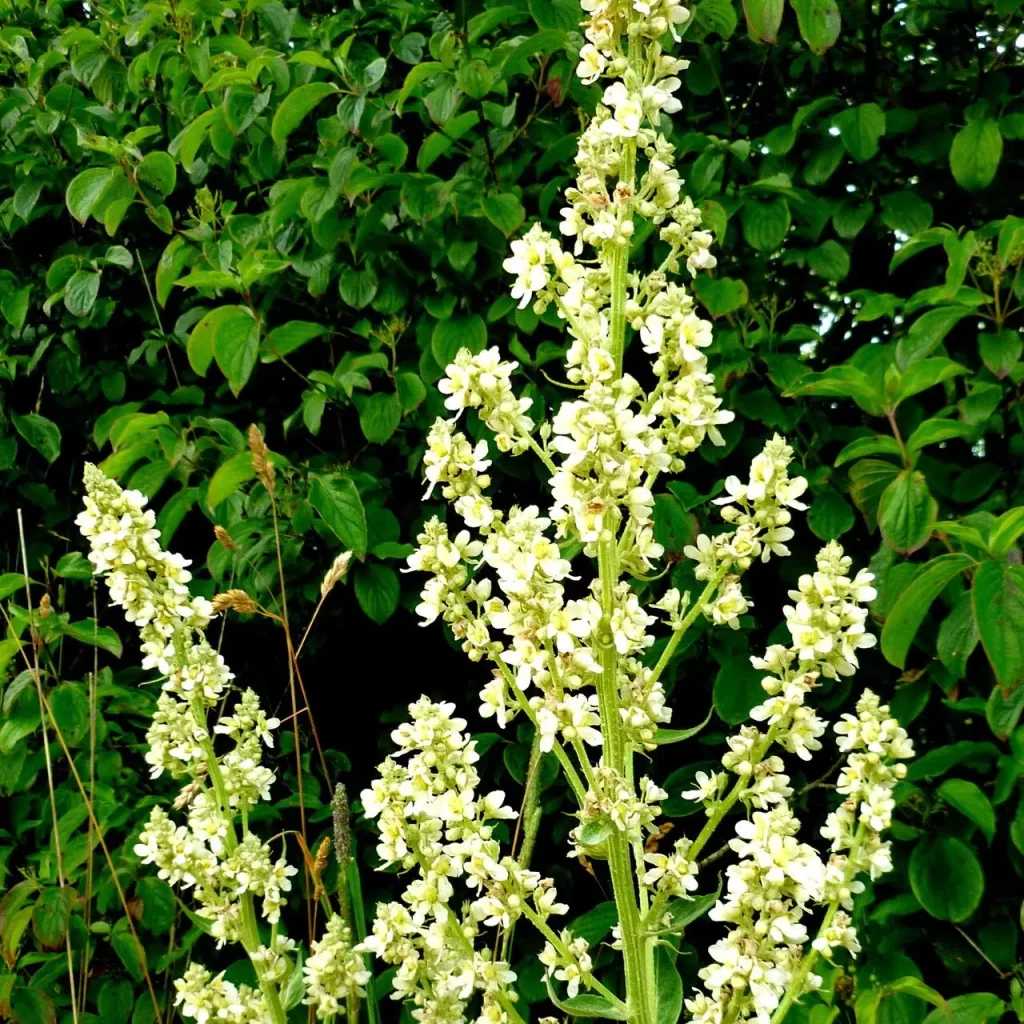
A lesser-known but equally enchanting species, White Mullein boasts soft, pale yellow or creamy-white flowers on slender spires. Its delicate beauty is matched by its medicinal versatility, with traditional uses for respiratory ailments and wound healing. This plant’s subtle elegance pairs beautifully with other meadow perennials, while its drought tolerance and ability to self-seed make it a reliable, low-maintenance herb for naturalistic plantings or herbal borders.
5. Purple Mullein (Verbascum phoeniceum)

Unlike its yellow-flowered cousins, Purple Mullein offers beautiful magenta, pink, or violet blossoms that attract bees, butterflies, and hummingbirds. Its medicinal properties align with other Mullein species, particularly for calming coughs and promoting skin healing. With its compact, 2-3 foot growth habit, Purple Mullein works well in mixed borders, cottage gardens, and herbal patches. It’s hardy, thrives in well-drained soil, and offers a pop of unexpected color alongside traditional herbal companions.
6. Hoary Mullein (Verbascum pulverulentum)

Hoary Mullein is known for its silvery, felted foliage that practically glows in the garden, topped by tall spires of soft yellow flowers. Traditionally valued for its respiratory benefits and anti-inflammatory properties, this plant is also a favorite for creating natural, drought-resistant landscapes. Its striking foliage and architectural form add texture and brightness to perennial beds, gravel gardens, or herb spirals. Bees are especially fond of its long-lasting, nectar-rich blooms.
7. Moth Mullein (Verbascum blattaria)
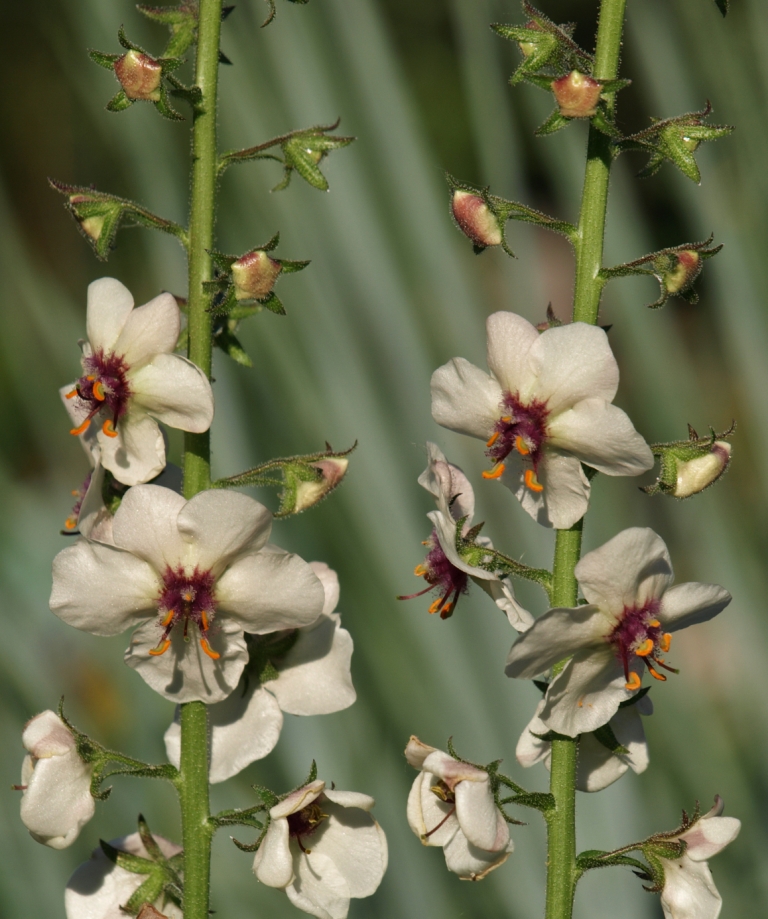
With its slender stems and delicate yellow or white flowers accented with purple stamens, Moth Mullein adds a light, airy touch to any planting. It earned its name for the moth-like appearance of its blossoms. Medicinally, it shares Mullein’s respiratory support properties and was historically brewed into calming teas. Its upright form and minimal care requirements make it a charming addition to wildflower meadows or herb gardens, thriving in full sun and poor soils.
8. Dense-Flowered Mullein (Verbascum densiflorum)
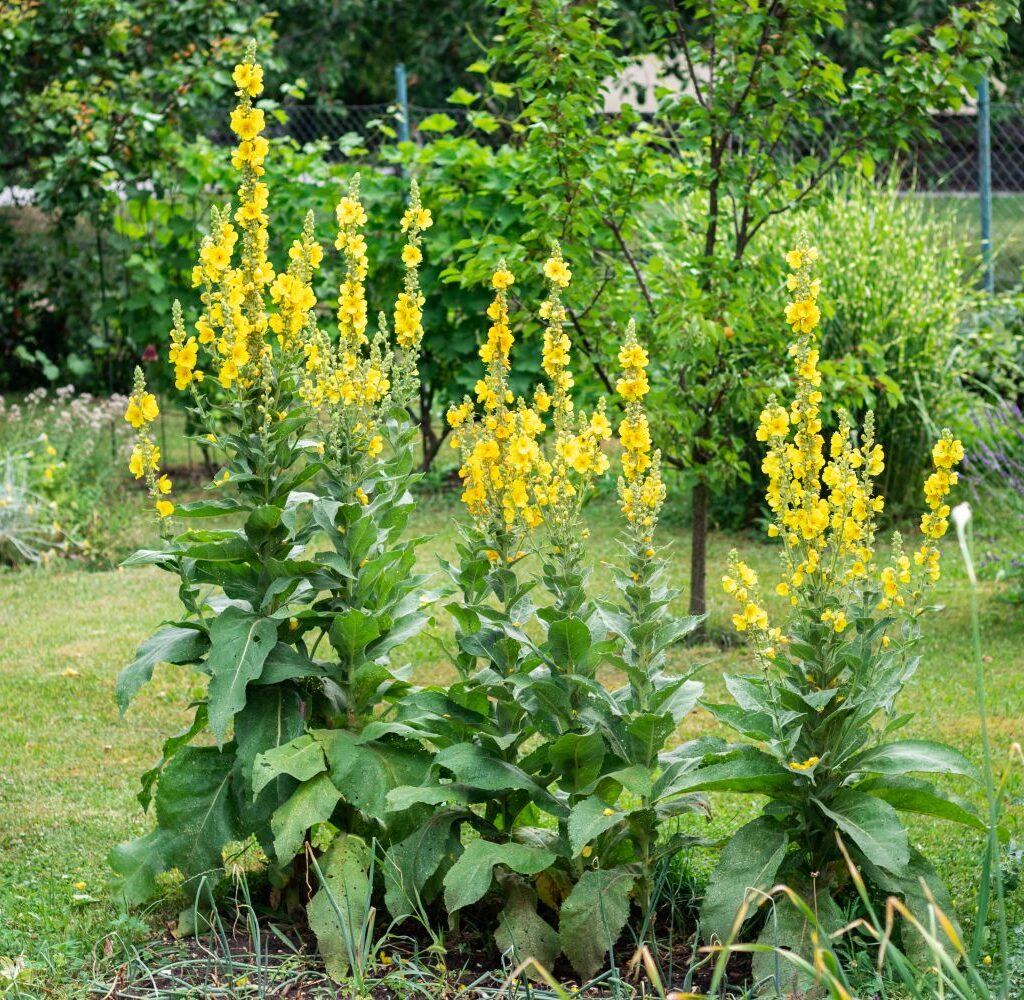
As the name suggests, Dense-Flowered Mullein features thick, densely-packed flower spikes that stand proudly in sunny meadows and herb gardens. Known for its potent medicinal properties, particularly in treating ear infections and lung conditions, it was often harvested for its golden flowers to make healing oils and infusions. Its robust, upright form and long bloom time make it both a useful and attractive plant, creating structure and height in naturalistic garden settings.
9. Net-Leaf Mullein (Verbascum netiferum)
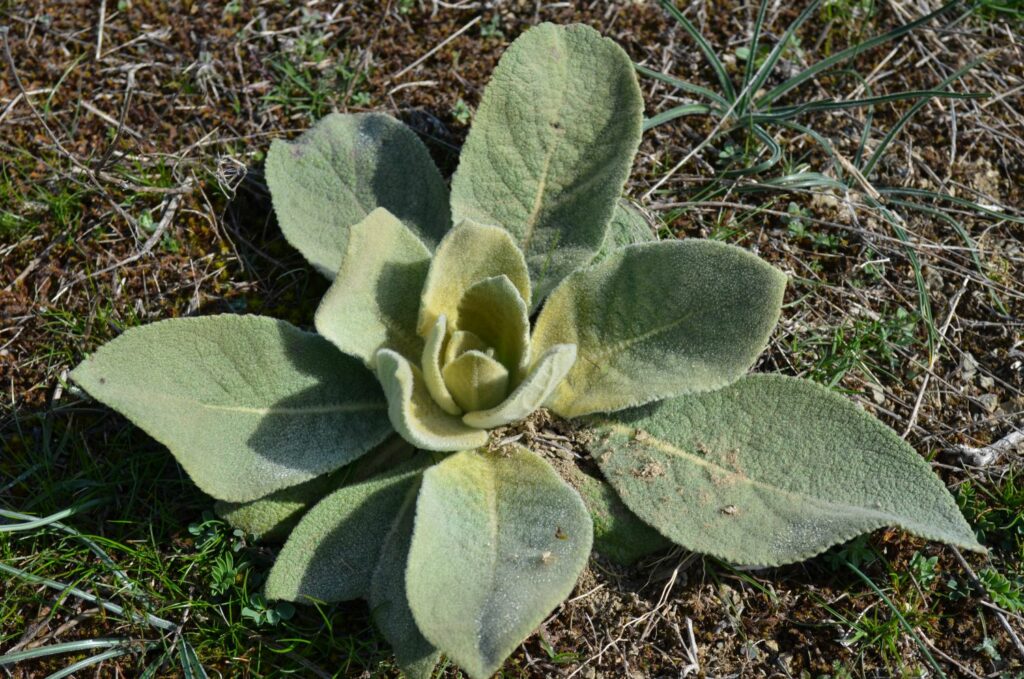
A striking species native to the Middle East, Net-Leaf Mullein showcases tall stalks of yellow flowers and large, thick leaves with a unique, textured surface. It thrives in hot, dry climates and has been traditionally used for its anti-inflammatory and soothing respiratory benefits. Its bold foliage makes it a standout in arid or Mediterranean-style landscapes, offering both ornamental interest and practical herbal uses in teas and salves.
10. Turkish Mullein (Verbascum bombyciferum)
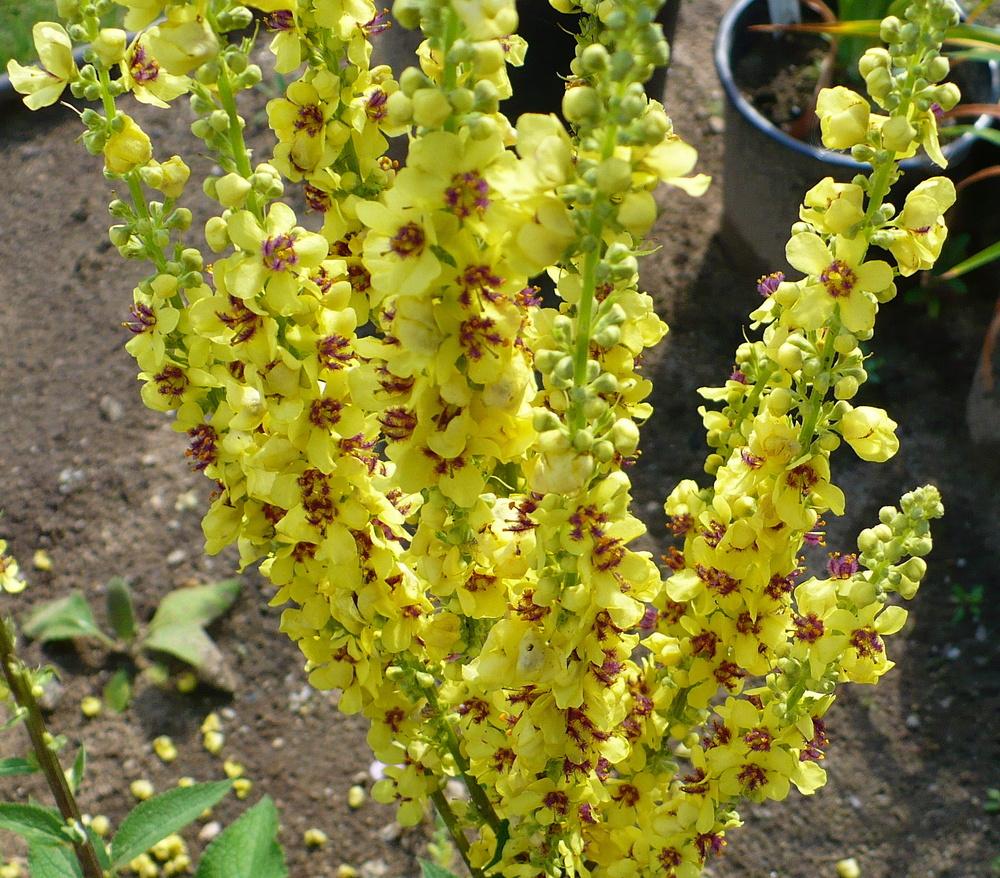
Known for its dramatic, woolly white leaves and bright yellow flower spikes, Turkish Mullein is one of the most visually striking Mullein varieties. Its large, felted leaves were once used as makeshift bandages and for soothing irritated skin. In modern gardens, it makes a bold statement in rock gardens, herb beds, or dry borders, where its silvery foliage adds contrast and year-round interest. Its tall flower stalks attract pollinators and lend an architectural presence to the landscape.
